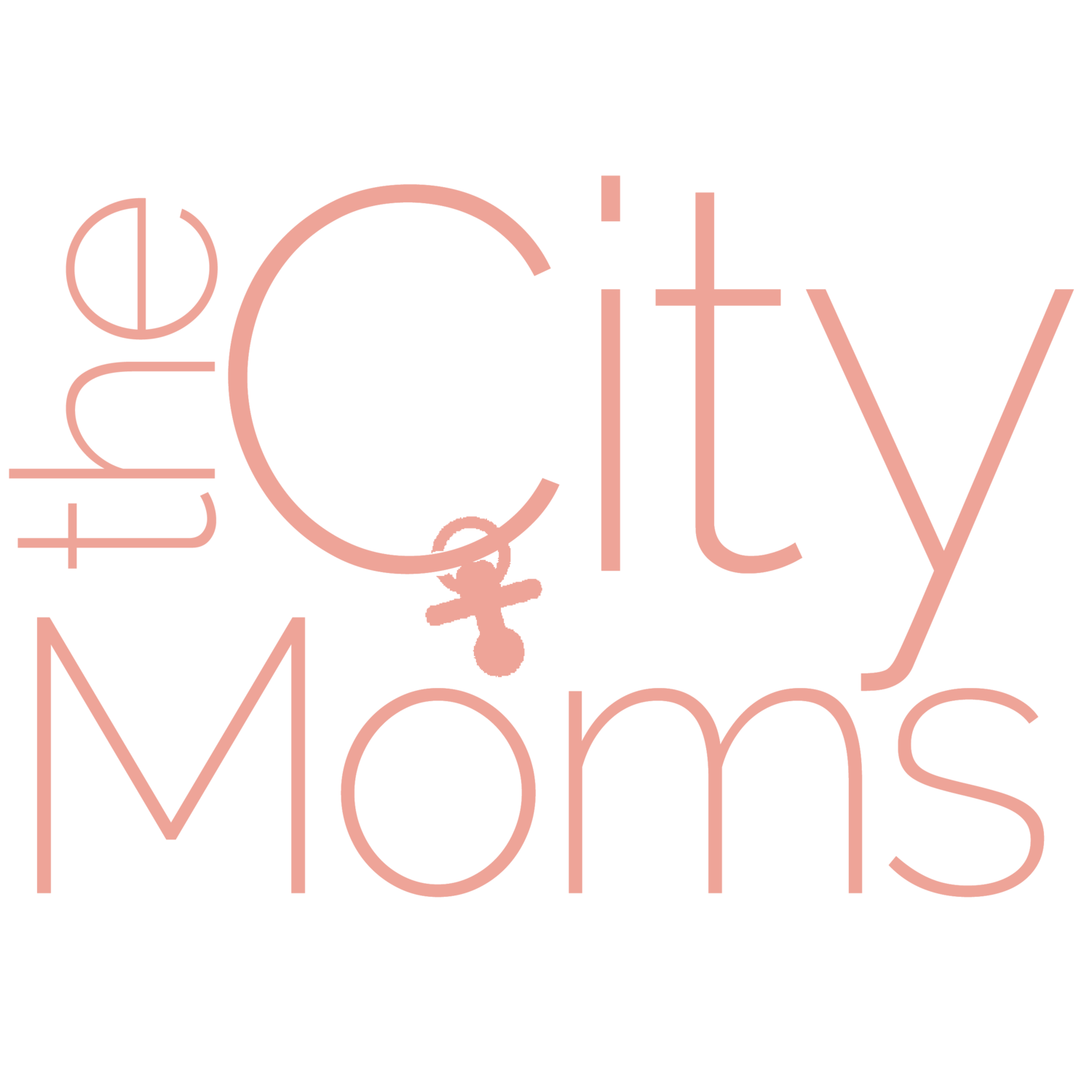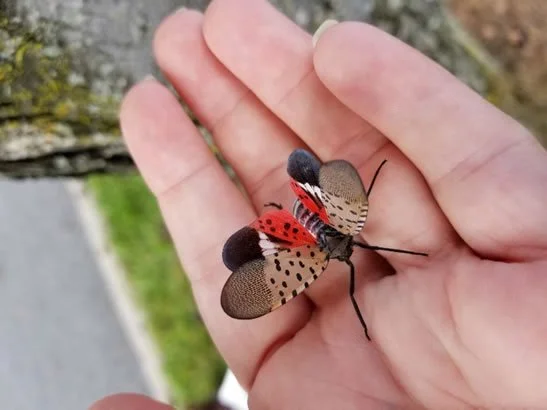The women of Indiana’s environmental future
Whether it’s political, grassroots, or educational, women are in on the action when it comes to positively impacting Indiana’s environment. theCityMoms sat down with a few gals who are taking the lead to protect and restore our state’s natural resources. Read on to find a source of inspiration and a few (ok, more than a few) ways to get involved!
Meet Morgan Mickelson, Director, Indianapolis Office of Sustainability
With an educational background in sustainable development and climate justice, Morgan Mickelson became the first Climate Advisor for Indianapolis. The role was created when Indy was selected for the American Cities Climate Challenge (an endowment of the Bloomberg Philanthropies). This work, within the Office of Sustainability, led to her current position as Director.
The Work of the Office of Sustainability
The Office of Sustainability manages progress toward the goals outlined in Thrive Indianapolis. This plan, developed in collaboration with “dozens of city departments, agencies, and partner organizations…is geared at getting Indy to carbon neutrality by 2050,” explains Morgan. Their office also runs several related programs including Knozone which strives to improve air quality, Highly EVolved to promote electric vehicle use, and the newly-launched Thriving Buildings tasked with teaching local businesses how to decrease emissions.
“We want Hoosiers to be able to enjoy a beautiful, healthy Indianapolis for generations to come. The reality is, that the effects of our changing climate are already here, and the Midwest is not immune to disasters simply because we don’t live near a rising sea or wildfires.” - Morgan Mickelson
Importance to the Future of Indiana
The Office of Sustainability is aiming to lessen the impact on our environment due to climate change while also helping Hoosiers and businesses adapt to damage already done. Morgan and her office are taking steps to create change politically, through both policy and programming, and it’s working! Last summer, the City-County Council passed an ordinance that requires businesses of a certain size to track and report their electric and water usage. Morgan explains, “This sort of policy has been shown to significantly reduce carbon emissions as well as utility costs and public health costs while creating local jobs.” Win, win, win!
Meet Jill Hoffman, Executive Director, The White River Alliance
A Wisconsin native, Jill Hoffman grew up deeply connected to the water with memories of time spent along the shores of Lake Michigan. Once in Indiana for grad school, it was easy to see that the water quality was poorer, and she also noted the lack of personal connection that Hoosiers had to lakes, rivers, and streams. She quickly identified her mission “to help people see how important that water resource is and find the joy in it that I do.” Jill’s heart has remained in service to the environment, leading her to years of work strengthening the White River Alliance and today, serving as its Executive Director.
“[Water is] a shared resource, it transcends boundaries all the time. It moves between counties and across city lines, between wetlands and rivers, and lakes. I love being able to see it from those different lenses and understand that it’s the one thing that ties us together.” - Jill Hoffman
The Work of the White River Alliance
The White River Alliance works regionally to protect and improve water resources with the understanding that they can’t be managed locally. “We need to think about always being up and downstream from someone else,” Jill points out. Various interests also have to be considered, whether it’s those that rely on the river for research, tourism, manufacturing, or agriculture. The White River Alliance brings together a diverse group of stakeholders with the goal of promoting lasting change in the ways we care for local water bodies.
Importance to the Future of Indiana
The White River Alliance recently completed the Central Indiana Water Study, which took a look at supply and demand across the region. The results of this study revealed that while Indiana has enough water supply to sustain us as far out as 2070, it is not being used or distributed evenly. Climate change only heightens the issue, which means without cooperation in managing both water supply and quality now, competing interests and needs will lead to conflict. It’s not just up to key stakeholders and business owners to protect our water. We can each work to lessen our impact, and even one small change can help.
Meet Melissa Moran, Director of Community Programs, The Nature Conservancy in Indiana
As an environmental engineer, Melissa Moran saw firsthand the benefits of developing technology to remove contaminants from our drinking water. Realizing that contamination prevention cut down on the cost of water treatment, she committed to learning how native plant species both support wildlife and keep the water clean. Through this work, Melissa connected with other conservationists who introduced her to The Nature Conservancy in Indiana (TNC), and today she serves as their Director of Community Programs.
The Work of TNC
TNC is a global organization whose mission is “to conserve the lands and waters on which all life depends.” In Indiana, this looks like four distinct strategies:
protecting the land and water, both within nature preserves across the state and by supporting landowners
promoting soil health by working with farmers to implement agricultural practices that protect our streams
taking action to mitigate climate change through the promotion of renewable energy sources and political advocacy
inspiring people for nature by raising awareness about conservation efforts
Melissa heads up this fourth initiative, which involves growing the base of volunteers to help with tasks like monitoring nature preserve trails, collecting seeds, reestablishing natural land areas, brush clearing, and invasive plant removal.
Importance to the Future of Indiana
Melissa is passionate about conservation efforts and estimates that only about four percent of Indiana land is protected. She explains, “The landscape has changed in Indiana so dramatically from what the Indigenous people knew before the settlers came. It’s important the remaining fragments of original habitats are protected. It’s not only for nature’s sake, it’s also because we (as humans) need these interactions with nature. If we build on every single square inch, we lose the opportunity to have the experience of being in nature, which is really our original nature.”
Meet Stephanie Schuck, Executive Director, State of Indiana Cooperative Invasives Management
Stephanie’s role as an educator at the Indianapolis Zoo first piqued her interest in learning more about why animals might end up living in this type of captive setting. Understanding habitat loss and a desire to actively protect and restore threatened ecosystems led her to pursue a degree in natural resources and environmental management. Learning about native and invasive species embedded her in a community of like-minded environmentalists, which eventually led to her current role as Executive Director for State of Indiana Cooperative Invasives Management (SICIM).
The Work of SICIM
“SICIM is a grassroots organization that focuses on partnerships to address the invasive species issues that we have in Indiana,” Stephanie shares. Through a partnership with the Natural Resources Conservation Service (NRCS), SICIM can support and develop Cooperative Invasive Species Management Areas (CISMAs). Each CISMA focuses on a geographic area with the goal to educate and engage local communities on how to combat the spread of invasives.
“An invasive species is non-native, but not all non-native species are invasive. They move in, reproduce rapidly, push out other species, and lower the diversity of the ecosystem.” - Stephanie Schuck
Importance to the Future of Indiana
Besides their ability for rapid reproduction, invasive plants are also often “generalists,” which means they can survive and thrive in various types of soil or sunlight levels, and some invasives even chemically change the soil so native plants can no longer thrive. Wildlife that relies on native plants will either adapt, move, or die out, and the result is a decline in ecosystem diversity. Invasive insects, like the emerald ash borer and the spotted lanternfly (pictured above), can also wreak havoc. The effects of the invasive species extend beyond local wildlife, negatively impacting everything from human health (for example, by diminishing natural water filtration) to our economy (such as the significant cost of removing and replacing insect-damaged trees). Fortunately, SICIM is working to extend the current partnership with NRCS and the Indiana Invasives Initiative for another five years.
As the weather in Indiana warms up, consider the ways your family can get out and enjoy nature. Fostering a love for the outdoors is the first step toward becoming a partner in its protection and helping to preserve the beauty and wonder for future generations.
This Earth Day, theCityMoms encourage you to take positive action, and we’ve got a list of ways to get involved:
Donate your time gathering scientific data about water pollution by joining a River Assessment Field Team (RAFT).
Visit Clear Choices Clean Water, a one-stop shop where you can find educational resources, take an action pledge, or host a neighborhood campaign to improve and protect our waters.
Figure out what sustainable habits fit into your family’s lifestyle and teach your children ways to care for the earth.
Learn how to get kids into nature. The Children of Indiana Nature Park or Nina Mason Pulliam EcoLab are great places to start.
Make it a staycation! Visit (and volunteer) a TNC Indiana Nature Preserve with your family.
Participate in a weed wrangle, many of which are kid-friendly!
Get familiar with invasive species in your area and be purposeful about what you do and don’t plant.
Request a free landowner survey to determine what invasives can be found on your property and how to manage them.
Other environmentally-focused orgs to watch:
Conner Prairie (Check out their commitment to the Shoreline Stabilization Project)
Indiana Native Plant Society (Check out the beautiful publication Wake Up, Woods)









